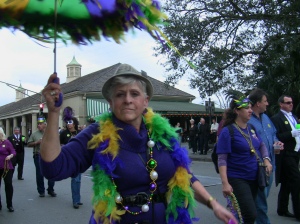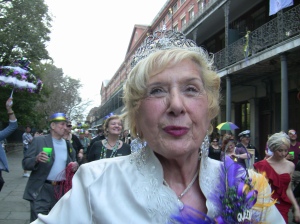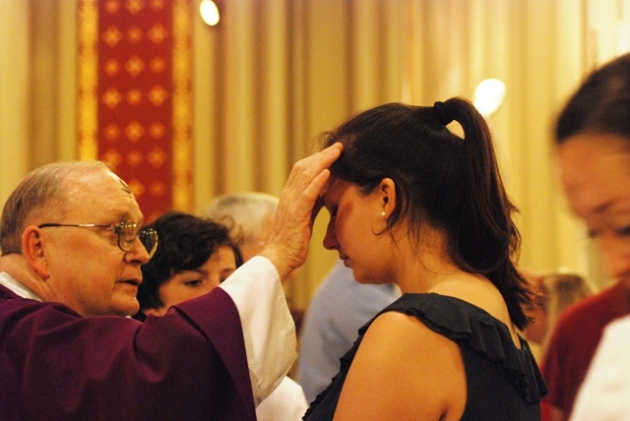By Dady Chery-Haiti Chery
 Show me a corporate boss who calls Haiti the “poorest country in the
western hemisphere,” and I’ll show you a con artist preparing to fleece
Haiti. Likewise, show me a western technocrat who bemoans Haiti’s
“dramatic deforestation due to charcoal production” and I’ll show a
bio-pirate or vandal preparing to wreck Haiti’s remaining cloud-forest
and mangrove-forest ecosystems.
Show me a corporate boss who calls Haiti the “poorest country in the
western hemisphere,” and I’ll show you a con artist preparing to fleece
Haiti. Likewise, show me a western technocrat who bemoans Haiti’s
“dramatic deforestation due to charcoal production” and I’ll show a
bio-pirate or vandal preparing to wreck Haiti’s remaining cloud-forest
and mangrove-forest ecosystems.It turns out that the real plan for Haiti’s northeastern region — especially the Caracol Bay area — is one that was hatched by Canadian mining corporations, with the U.S. and South Korean sweatshop zone being a side project and distraction. If this mining plan is given a green light while Haiti is under foreign occupation, it will permanently strip the country of much of its mineral, cultural, and ecological wealth.
 |
| Dominican Republic Pueblo Viejo mine on August 7, 2009; one would be hard put to find deforestation due to charcoal production that looks quite as bad as this (Credit: Mining Journal). |
Hachey enthusiastically noted that,
“thirty years ago, there was no mining sector to speak of in the Dominican Republic….This glowing picture omits the fact that Barrick and Goldcorp have come under strong popular opposition in the DR. In a country where 20% of the population lacks access to drinking water, these companies are accused of polluting 2,500 cubic meters of water per hour with the vast quantities of cyanide needed to process 24,000 tons of ore a day by opencast (or open-pit) mining. Open-pit mining is banned by the European Union. Activists in the DR have joined forces with a broader group called Observatorio de Conflictos Mineros de América Latina (OCMAL) that has launched a campaign to end this practice in the region.
“In that short period of time they’ve seen the development of the Pueblo Viejo Project [of Barrick and Goldcorp's], which is one of the world’s largest gold deposits — and is pretty much a neighbour of ours.
“They’re going to be coming on with production this year.”
There is great concern that the DR’s biggest water reservoir, which is close to the mining operations, is continuously at risk of cyanide contamination, since stories of spills and massive fish die offs caused by mining companies are legion. Barrick and Goldcorp have also been accused of dynamiting mountains and destroying Taino Indian archaelogical sites.
Like the Pueblo Viejo region of the DR currently under exploitation, the spot being eyed for mining by Majescor in Haiti — a 50-square-kilometer area called the SOMINE property — is part of broader region, replete with archeological sites, situated along a metal-rich mountain ridge running from southeast DR to northern Haiti. This was formerly known simply as the Massif du Nord but has become the “Massif du Nord Metallogenic (or Mineralization) Belt.”
 |
| Photo: courtexy of Alexrk2. |
 Curiously, the area of the SOMINE property was initially surveyed as early as
Curiously, the area of the SOMINE property was initially surveyed as early as“the 1970s by the UN Development Program, with some very good results [but the project was not pursued, then] there was a feasibility study done by the Germans [Bundesanstalt fur Geowissenschaften und Rohstoffe (BGR)] in 1980, and there was further drilling done in the 1990s by Canadian junior [mining companies]. recalled Hachey.During the 1980′s, the area was explored again by the UNDP and also surveyed by the French Bureau de Recherches Géologiques et Minière (BRGM), both of which reported finding only copper.
The official story is that an abundance of copper had until recently obscured the fact that the area’s ore is also rich in silver and gold, and this was discovered from Majescor’s recent prospects of Douvray, Blondin and Faille-B. However, the story could just as well be that the mining executives were biding their time and waiting for a “stable” non-nationalistic government to take effect before initiating their projects.
 The
mineral rights to the area were assigned to SOMINE under a Mining
Convention executed on May 5, 2005 (valid until March 9, 2020) between
this company and the post-Aristide coup government. After this, it did
not take long for Haiti’s mountains to start to glitter. For example, an
exploration of the Faille-B prospect
in 2007 found a gold vein that averaged 42.7 grams of gold per ton of
ore (g/t) over 6 meters, including values of 107.5 g/t of gold over one
meter.
The
mineral rights to the area were assigned to SOMINE under a Mining
Convention executed on May 5, 2005 (valid until March 9, 2020) between
this company and the post-Aristide coup government. After this, it did
not take long for Haiti’s mountains to start to glitter. For example, an
exploration of the Faille-B prospect
in 2007 found a gold vein that averaged 42.7 grams of gold per ton of
ore (g/t) over 6 meters, including values of 107.5 g/t of gold over one
meter.According to Hachey, April 11, 2012 assays from Blondin found:
- 0.45% copper over 96.5 meters;
- 0.3% copper over 12 meters, including 0.61% copper over 1.5 meters; 154 grams of silver per ton (g/t) over 12 meters, including 869 g/t silver over 1.5 meters.
- 72.4 g/t silver over 15 meters;
- 16.9 g/t silver over 113 meters, including 6.2 g/t silver over 1.5 meters; 0.43% copper over 113 meters, including 4.44% copper over 1.5 meters.
- 255 g/t silver over 13.5 meters, including 2,069 g/t silver over 1.5 meters; 0.35% copper over 13.5 meters, including 0.52% copper over 1.5 meters; 0.02 g/t gold over 13.5 meters, including 0.04 g/t gold over 1.5 meters;
- 277 g/t silver over 13.5 meters, including 1,428 g/t silver over 1.5 meters; 0.18% copper over 13.5 meters, including 0.52% copper over 1.5 meters; 0.04 g/t gold over 13.5 meters, including 0.04 g/t gold over 1.5 meters.
Hachey comments with evident enthusiasm,
“What we’re most excited about is that we found some silver which was never really realized before. It’s the first silver discovery in Haiti.As major draws for a big mining partner to this next phase of the project, Hachey is advertising that, unlike Port-au-Prince, which was destroyed by the earthquake, Cap Haitien is a pleasant place for a Canadian mining executive and his family to come to. In addition he notes that there are plans for
“Part of the reason why it was never really discovered was that historically there was so much copper prevalent — there’s a lot of outcropping at surface. The people who did the work before did not do much testing, even for gold.
“The geology is a little complex for a copper porphyry, but in a good way. The surprises that we’re getting are all good ones.”
“the construction of a deep-water port at Caracol,”only 15 kilometres from the SOMINE property and near Cap-Haïtien.
This first official announcement of a deep-water port for Caracol explains in part why there has been no effort to mitigate the ecological effects of the massive free-trade (sweatshop) zone inaugurated in March 2012 in that area: the textile factories’ contributions to the degradation of Caracol Bay should be trivial compared to the damage from opencast gold mining and construction of a deep-water port.
Sources: Haiti Chery | Thanks to Black Agenda Report and Tortilla con Sal for republication
UPDATES:
Monday May 7, 2012 (Le Matin) Martelly announces that the construction of a port will soon start in Fort-Liberte [near Caracol], in the Northeast. The port will cost U.S $179 million and is supposed to be “built with the U.S. government’s help,” but it will likely be entirely owned by U.S. concerns.



